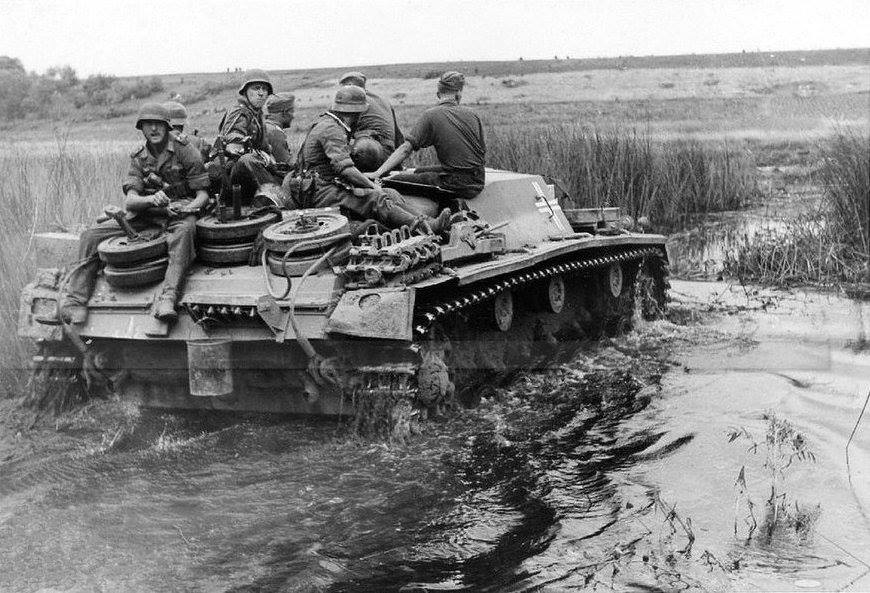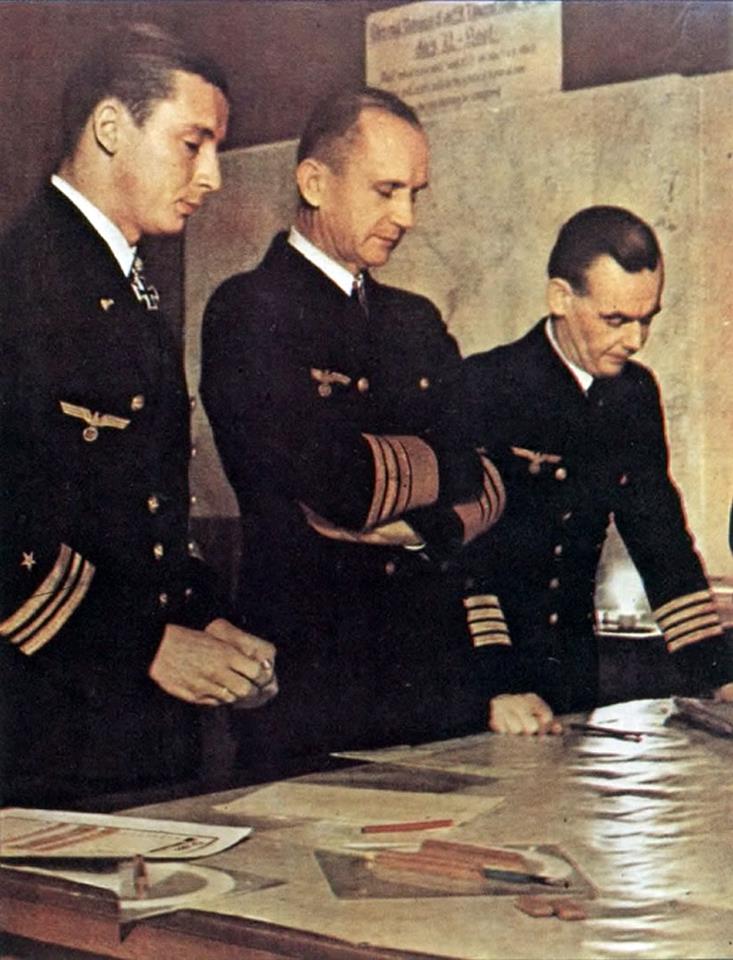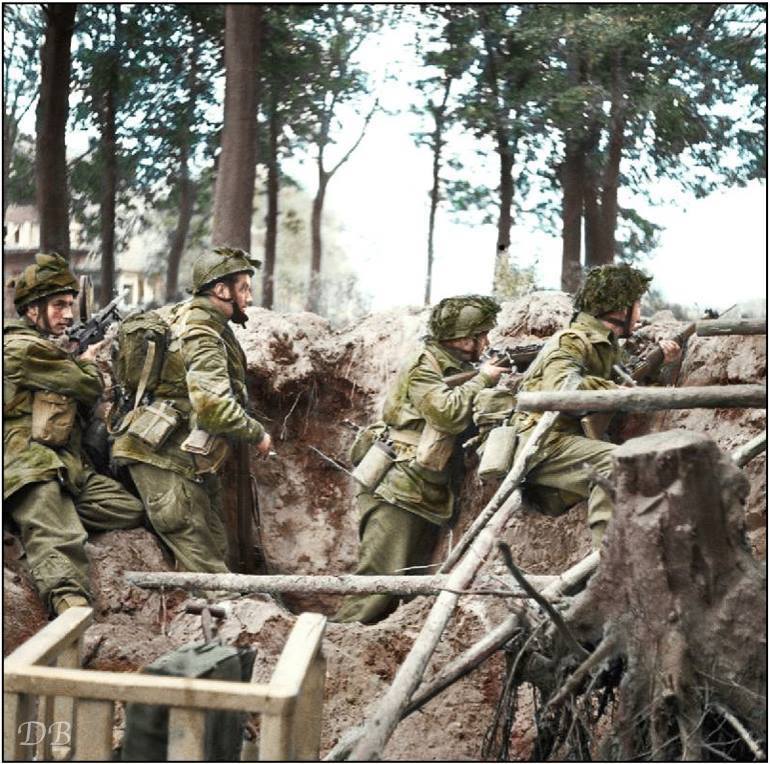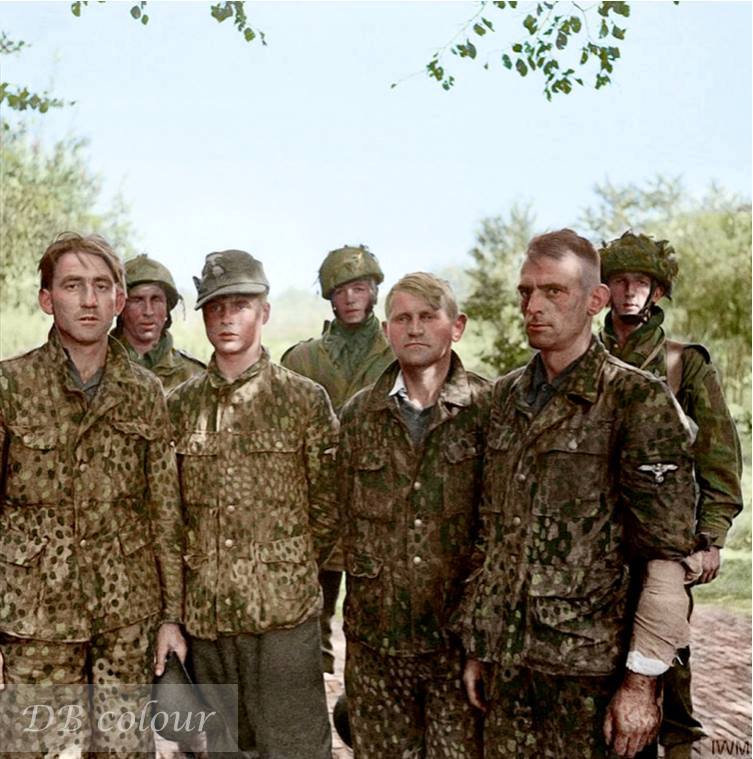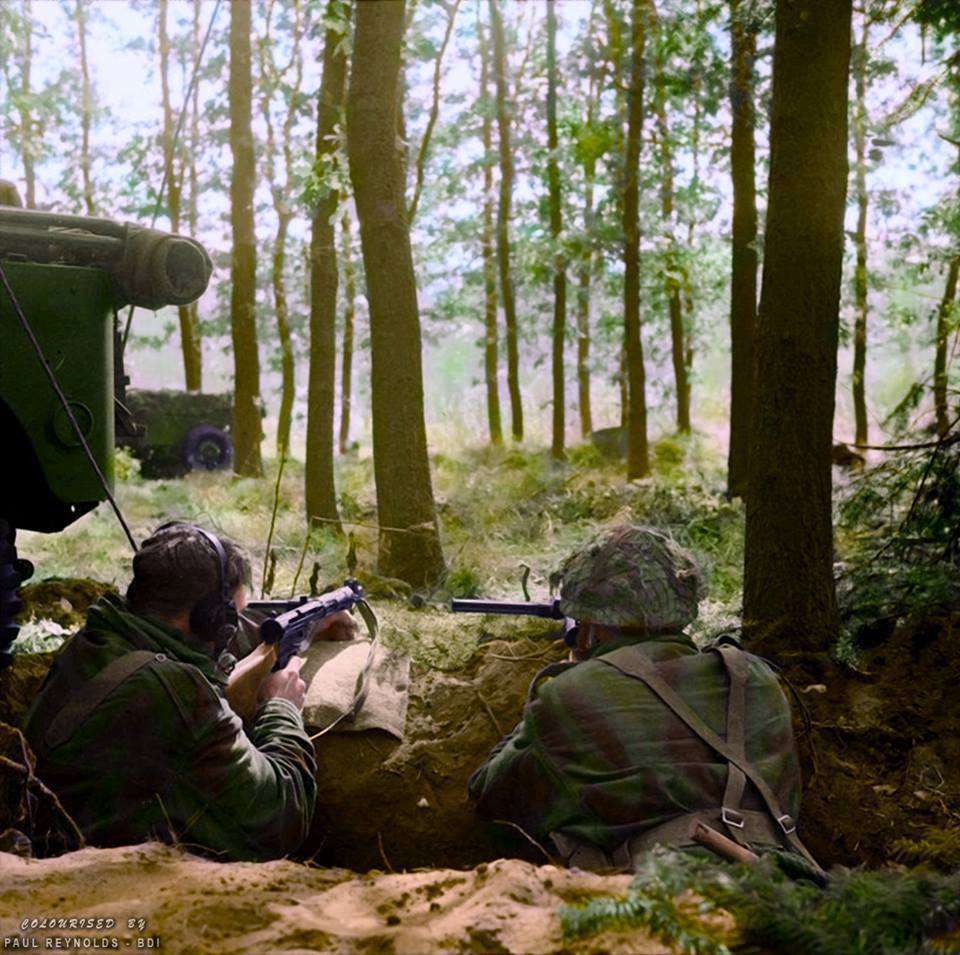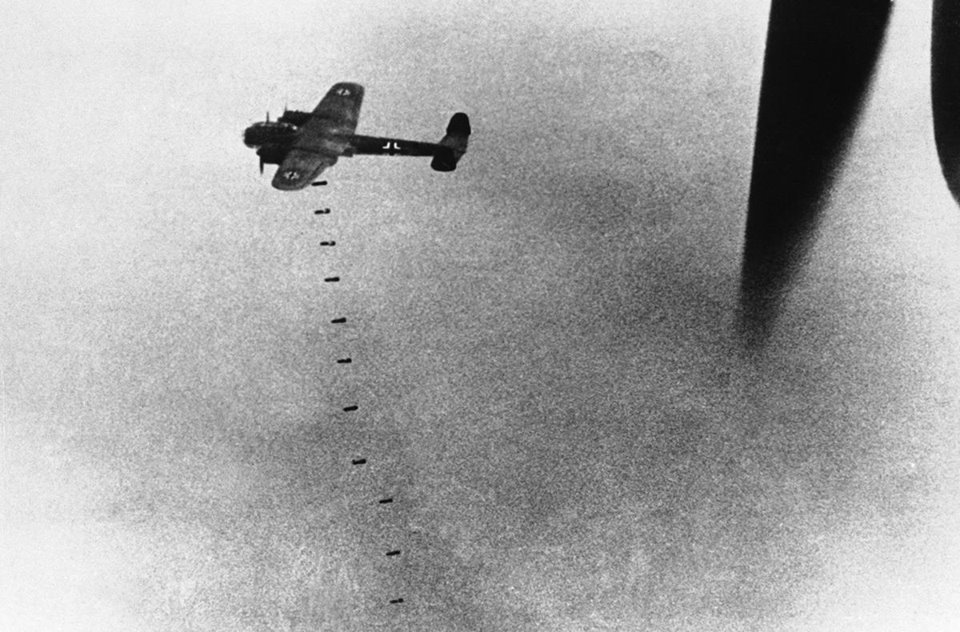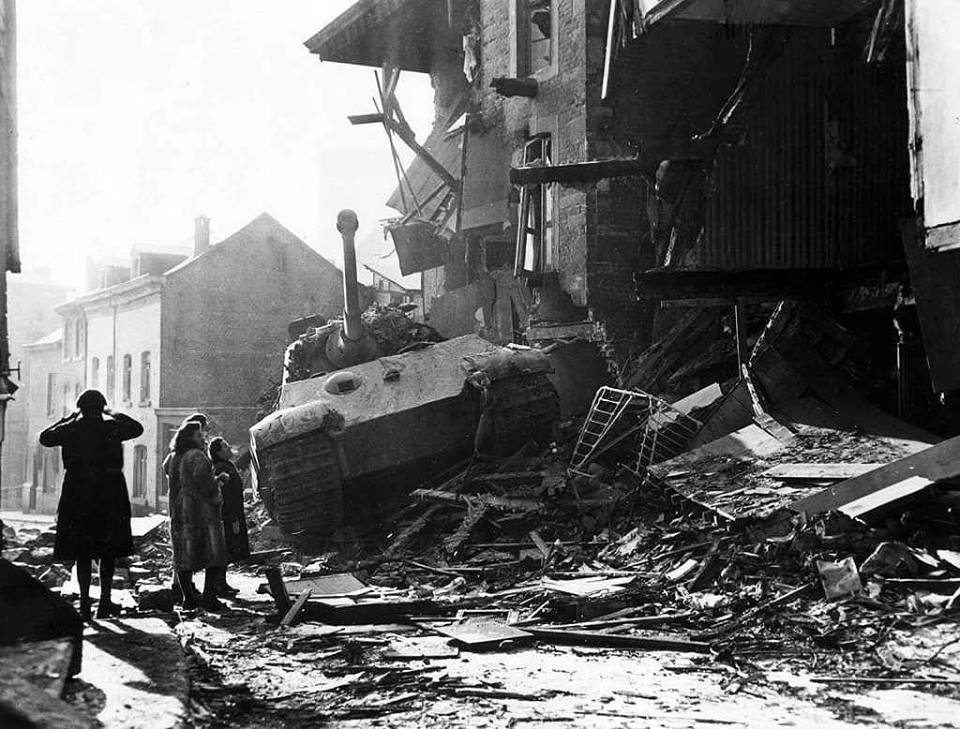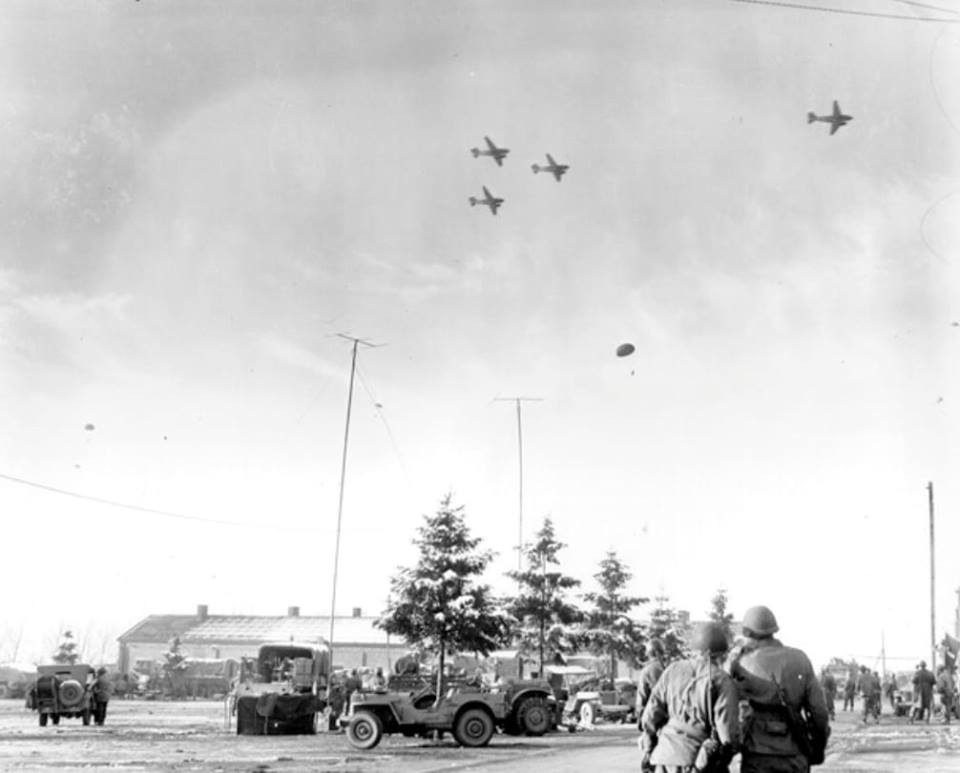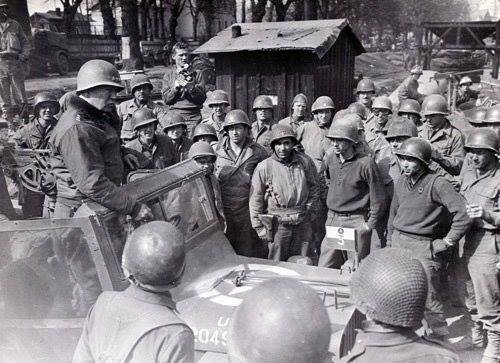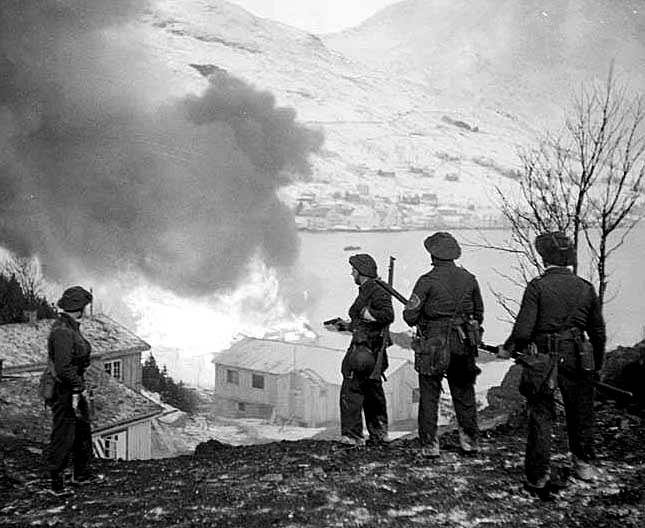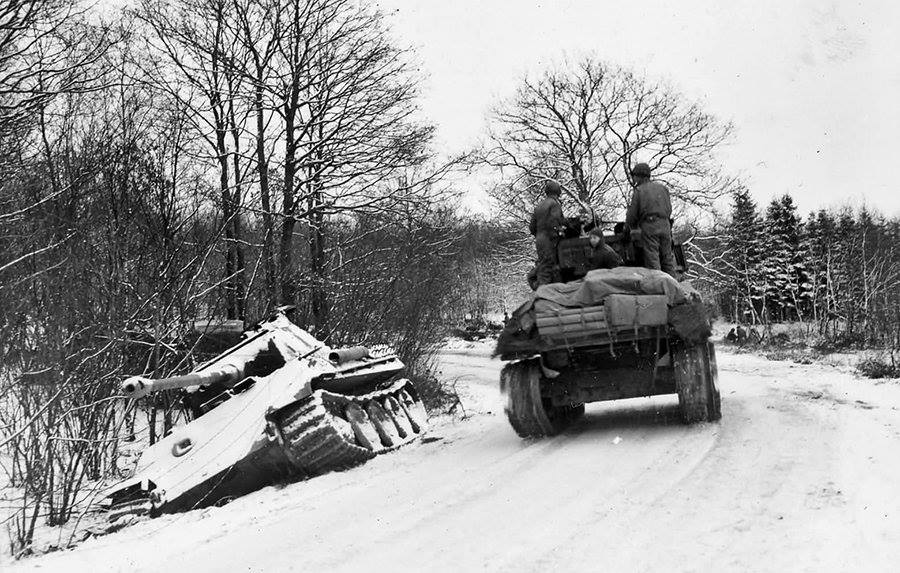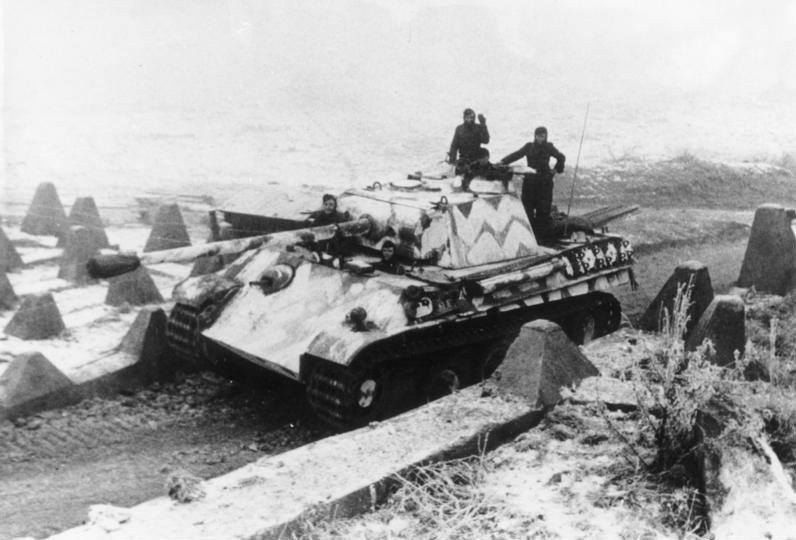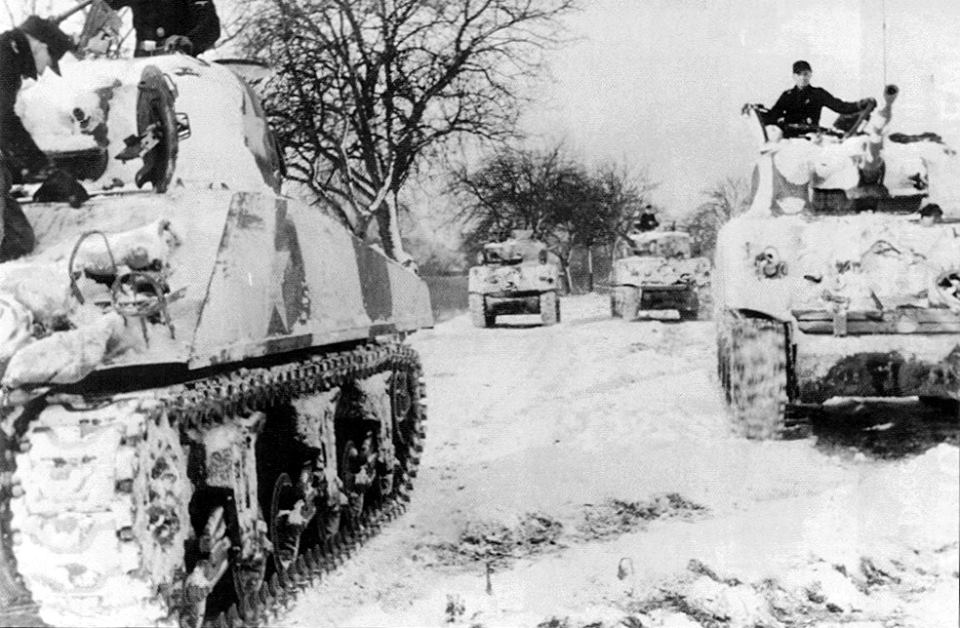August 14, 1941. Eastern Front
OKH Chief of Staff Franz Halder notes in the war diary on 14 August 1941 that Finnish achievements so far in the war are “truly remarkable.” Morale is good in the army, but he notes that “Losses in the armoured and rifle units considerable.” Due to tank losses, the armoured divisions have “an abundance of personnel,” while the rifle divisions are short of men. Field Marshal von Bock, commander of Army Group Centre, complains that Reichsmarschall Goering is shifting air support without consulting him, and a fierce debate rages whether Yelnya is worth keeping due to the heavy losses there.
Reports in other army commands are a little more direct about the actual situation than Halder. Generalleutnant Hans Reichsfreiherr von Boineburg-Lengsfeld, commander of the 4th Panzer Division which is with XXIV Panzer Corps, notes in his war diary that: “Battles on 13 and 14 [August] very costly, also in material. There was little benefit [in the fighting] because the enemy mass had already evacuated. Trucks in bad condition. Men tired. Division increasingly more worn out…Russian tanks, especially the heavy ones, are good”. The troops may be tired, but there is a lot of fighting left, with no end in sight.
In the Far North sector, Finnish 18th Division of II Corps captures the key town of Antrea (Kamennogorsk) in the centre of the Karelian Isthmus on the left bank of the Vuoksa River. The Finns now are 170 km (110 miles) northwest of Leningrad. Antrea is important strategically because it controls one of the few bridges across the river, and taking it traps Soviet 115th Rifle Division on the wrong side of the river. The Soviet division now must either succumb or find a way to cross the forests and river to re-join Soviet 19th Corps near Vyborg (Viipuri), the prime target in the sector.
Going is slow in this region due to the harsh terrain with few roads, which slows down even the Finns who are experts at going across country. Already, some Soviet units such as 142nd Rifle and 198s Motorized Divisions are backed against Lake Ladoga with no way out except by boat. Finnish I Corps also is making good progress to the east, with 2nd, 7th, and 19th divisions on the verge of taking Sortavala, where the Soviets also have no landward line of retreat.
A little further north, Finnish Group J of III Corps today confirms that the Soviets have brought in the 88th Rifle Division from Archangel (Arkhangel’sk) to the north in order to block their advance to Loukhi. Thus, the Finnish advance to the Murmansk railway, a key strategic objective only 20 miles away along a spur railway line and improved road, is stopped for the time being.
In the Army Group North sector, the Germans make some forward progress at Luga and on either end of Lake Ilmen. The Soviets pierce the German line south of Lake Ilmen with a cavalry division, a reminder that the German line is being stretched thin with little behind the hard crust at the front.
In the Army Group Centre sector, General Halder notes in the war diary that there are “gratifying successes against the enemy in the Rogachev salient” but that “costly fighting continues” at Yelnya. “All quiet elsewhere on the front.” Panzer Group 2 approaches Bryansk, where the Soviets are concentrating in order to protect Kiev from exactly what the Germans have in mind - an attack south toward Kiev.
In the Army Group South sector, the German capture of Cherson on the Dneiper makes the Soviet position at Nikolayev (Nikolaev) untenable. Thus, after dark today the Soviets begin evacuating the port, and in the process destroy the unfinished 59,150-ton battleship Sovetskaya Ukraina and several other ships under construction. The Romanian 4th Army advance on Odessa is temporarily paused on direct orders from leader Ion Antonescu. The Romanians are busy bringing troops forward to reinforce their coastal positions along the Hadjibey bank, and the Soviets in the town are under orders to resist to the last man. The Germans advance to within sight of Krivoy Rog (Kryvi Rih) due north of the neck of the Crimea. It is a regional centre of iron-ore mining, one of the economic objectives that Hitler prefers over political objectives such as Moscow.
Source: worldwartwodaily
Photo: A German StuG III with 75mm gun carrying infantry across a swamp near the village of Berezhok in Ukraine, August 1941.
